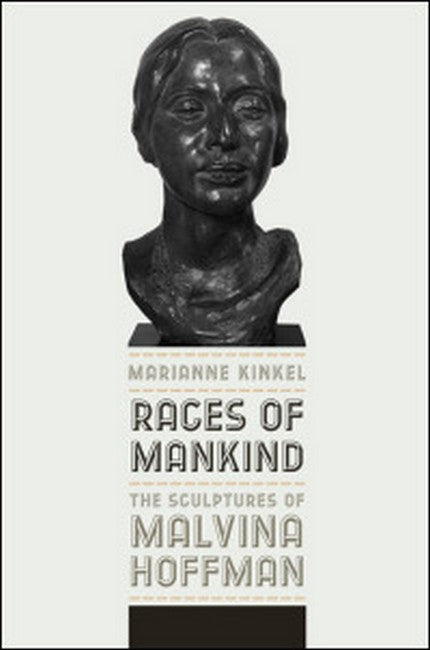Acknowledgments Introduction: The Genre of Ethnographic Sculpture; Plaster Casting in Physical Anthropology; Representing Race at the Field Museum 1. Initial Plans for a Physical Anthropology Display 2. Malvina Hoffman as Professional Artist: Becoming a Woman Sculptor; Fashioning an Artistic Persona 3. Producing the Sculptures and Building Consensus: Redefining the Project through Representational Practices; Hoffman's Expedition to Asia; Producing the Sculptures in New York and Paris; Becoming Museum Objects for Display 4. The Hall of the Races of Mankind: Representing Character and Producing Ambiguity; Textual Guidance; Replacing Ambiguity with Scientific Certainty? 5. Life Beyond the Field Museum: Exhibiting Statuettes: During the 1930s; The Trocadero Exhibition; The Grand Central Galleries Exhibition 6. Deploying the Races of Mankind Figures During the 1940s: The Men of the World Exhibition; Mapping Racial Difference; The Map of Mankind and Anti-Racist Pamphlets; Hammond World Atlases and Plates in the Encyclopedia Conclusion: Retraction and Redeployment of the Sculptures in Chicago; Reanimating the Sculptures: OpEd: Fred Wilson Bibliography
Request Academic Copy
Please copy the ISBN for submitting review copy form
Description
''Elegantly written and eminently readable, this work deals with an important and very current topic: the history of the social construction of race. Through the case study of Malvina Hoffman's Races of Mankind sculptures, Marianne Kinkel gives us a compelling example of how race has been imaged in art and in museum displays.''--Mary Jo Arnoldi, curator of African ethnology and arts at the National Museum of Natural History, Smithsonian Institution''Sculpture, by virtue of its intimate connection with the human body, was given an authoritative place in the history of racial science, and Hoffman's project is perhaps the single most important example of that peculiar intersection of art and science. This is a fascinating study that reveals much about the persistence and contradictions of racial science in its final phase before genetics would transform biology and demolish race as a scientifically viable category.''--Kirk Savage, author of Standing Soldiers, Kneeling Slaves: Race, War, and Monument in Nineteenth-Century America

